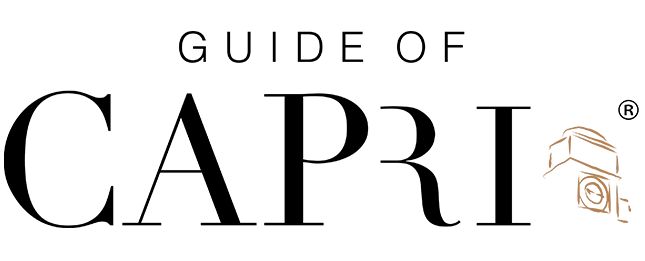The masterpieces of the Church
We have reached the final part of our route and we are in the church of the monastery, typical Gothic. The church is dedicated to Saint James, known as the Major, brother of John and son of Zebedee and Salome, protector of pilgrims, wayfarers, knights and soldiers. Consisting of a single nave covered by three cross vaults connected by ogival arches, the church was frescoed between 1699 and 1710 by Diodato Vespiniani and Francesco Mottola, students of Francesco Solimena and Luca Giordano, that represented well the painting of the Neapolitan baroque. Looking at the altar, just lift your eyes to admire the main fresco of the apse that depicts, above, the Trinity with a host of angels and saints and below San Bruno appears in dream to Count Ruggero II d’Altavilla during the siege of Capua. The legend, to which the fresco refers, says that the Saint appeared in a dream to Ruggiero II during the siege of Capua, to warn him of the conspiracy against him by Sergio, an officer of Greek origin, corrupted by a Lombard prince who tried to betray the Normans during the siege of the city in 1098. In the fresco of the church we recognize, in fact, at the center of a military camp, the count Ruggero II, identifiable by the crown on the right, and San Bruno portrayed in the typical Carthusian dress, with the white cocolla. In the background is visible the city of Capua. On the side walls of the nave are depicted the Apostles, identifiable thanks to their characteristic iconographic attributes. On the left you can see: Thomas, James Minor, Matthew and James Major. On the right: Matthias, Simon Zelotes, Taddeo, Bartholomew and John. On the ceiling and in the pendentives, however, are visible some figures of Prophets, including Zechariah and King David. The side chapels are decorated with episodes from the life of Saint James (Vocation of Saint James, Transfiguration of Christ, Decapitation of Saint James, Jesus gives the chalice to Mary Magdalene) and Saint Bruno (San Bruno in the Pontifical Curia, San Bruno rejects the archbishopric of Reggio Calabria to be able to continue the hermit experience, From the tomb of San Bruno in Calabria springs a miraculous source). The walls of the church are enriched by paintings of the eighteenth century Nicola Malinconico Naples (1663-1721). Among them, the Adoration of the Magi is particularly interesting for the presence of an African woman in place of the Moor Baldassare, in the act of giving a book to the Virgin, a gift of “other” knowledge. The other canvases, in mixed-line frames, are works from the second decade of the eighteenth century and depict on the left wall the prophets Elijah, Jeremiah, Abraham and David, and on the right wall the saints Zechariah, Conrad of Bavaria and John the Evangelist. Heading towards the exit, we can admire the fresco of the counter-facade where Saint James is depicted as “Matamoros” (Ammazzamori) during the battle of Clavijo (844) fought by Christian troops against the Muslims. In the fresco the Saint, depicted as a knight in armor, is placed in the center of the scene while driving out the Saracens. At the bottom appears the date 1699 and above, among fake stuccos, is painted the coat of arms of the Carthusians, the golden monogram CAR (Carthusia), surmounted by a crown, an important element that defines the monastery caprese Real Certosa.
© MINISTERO DELLA CULTURA
CONTINUE: The foundation of the Certosa: the protagonists 
